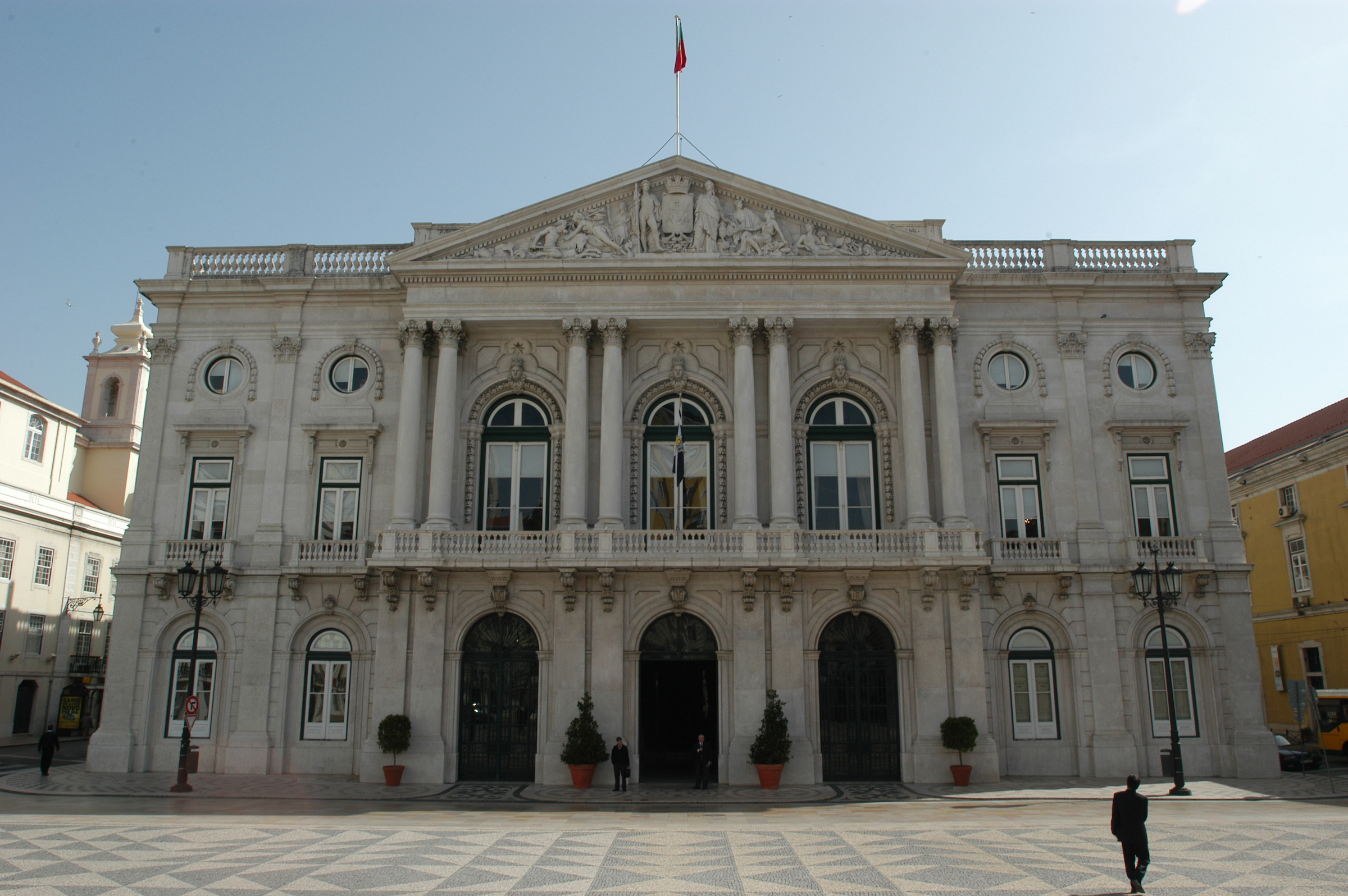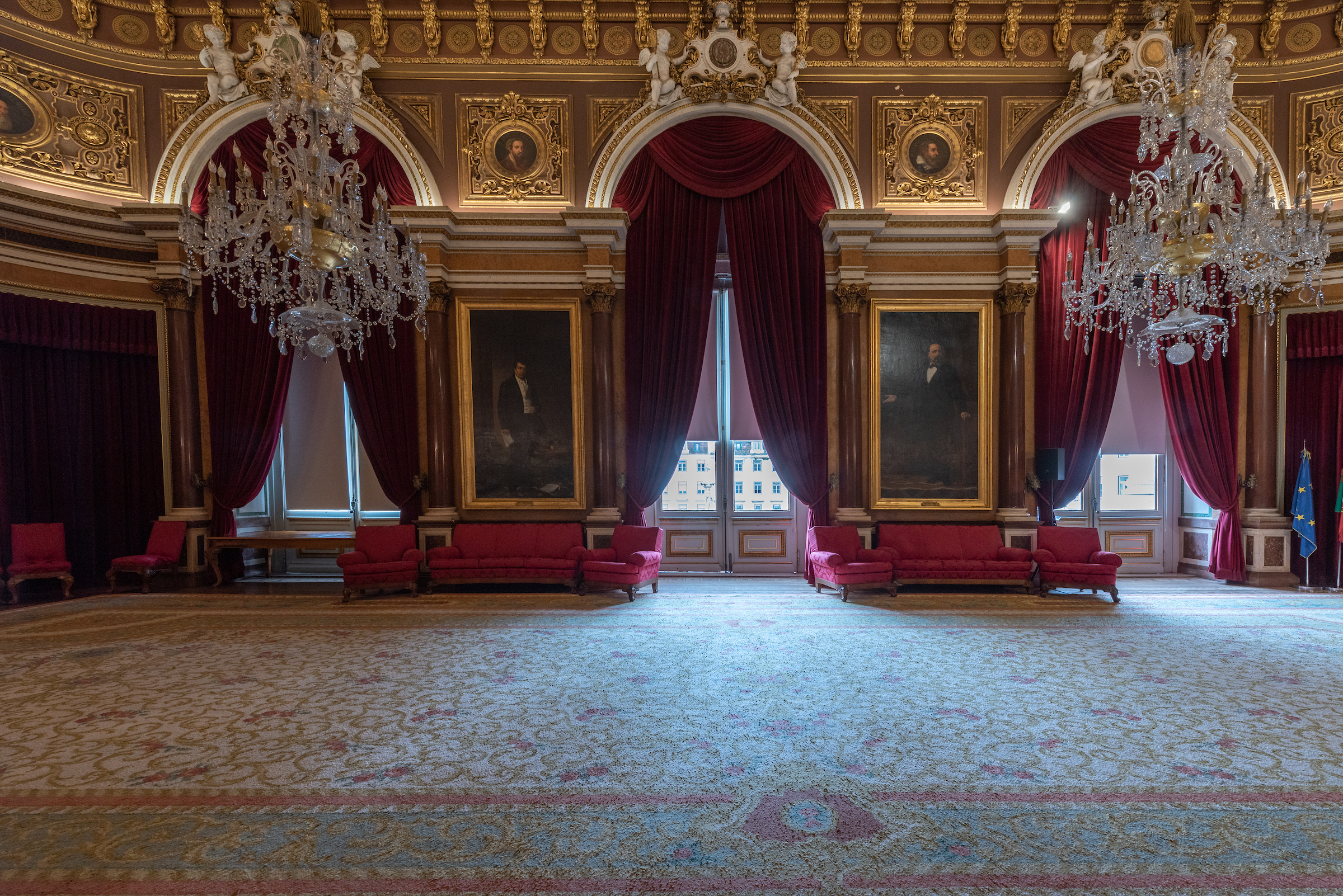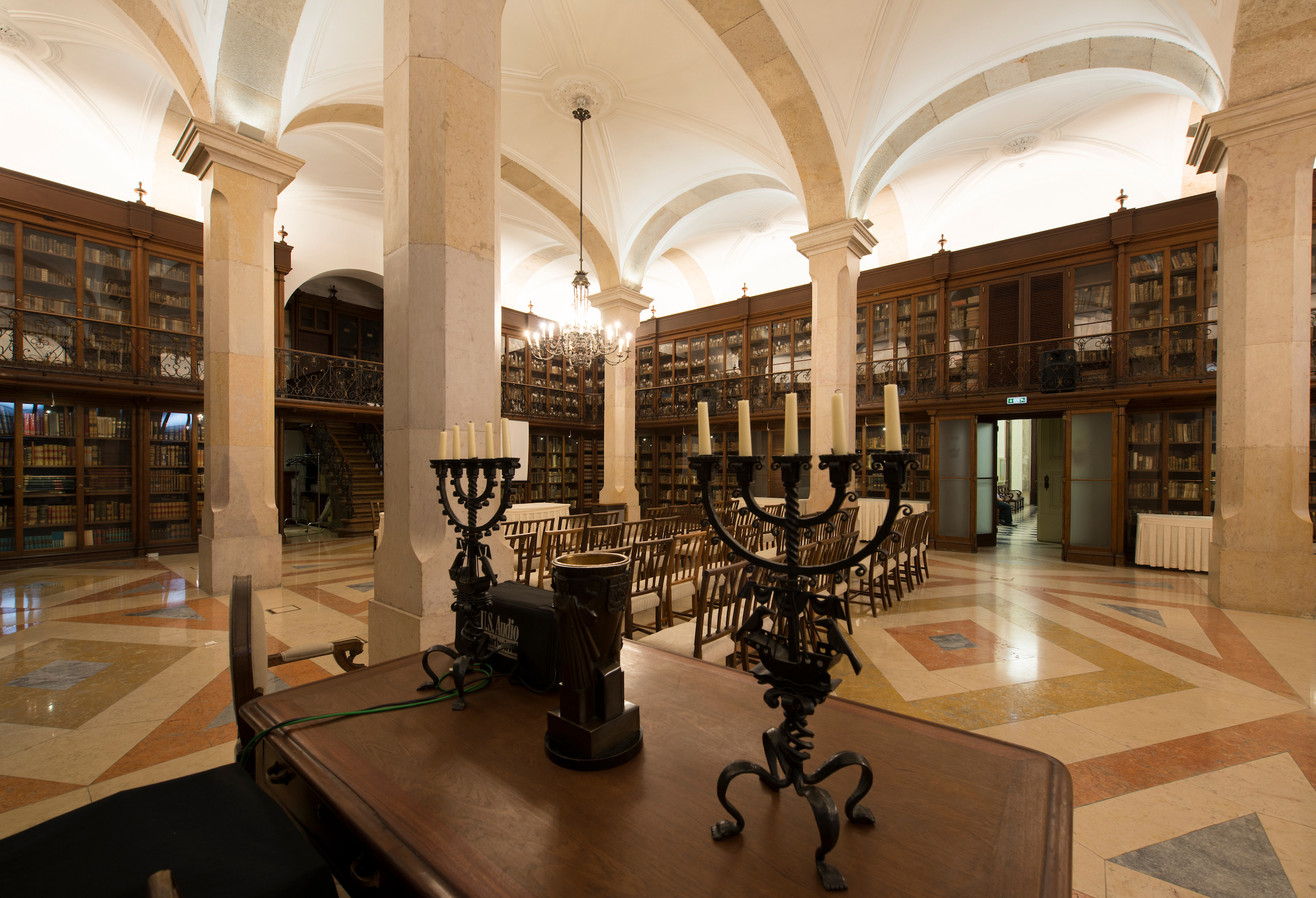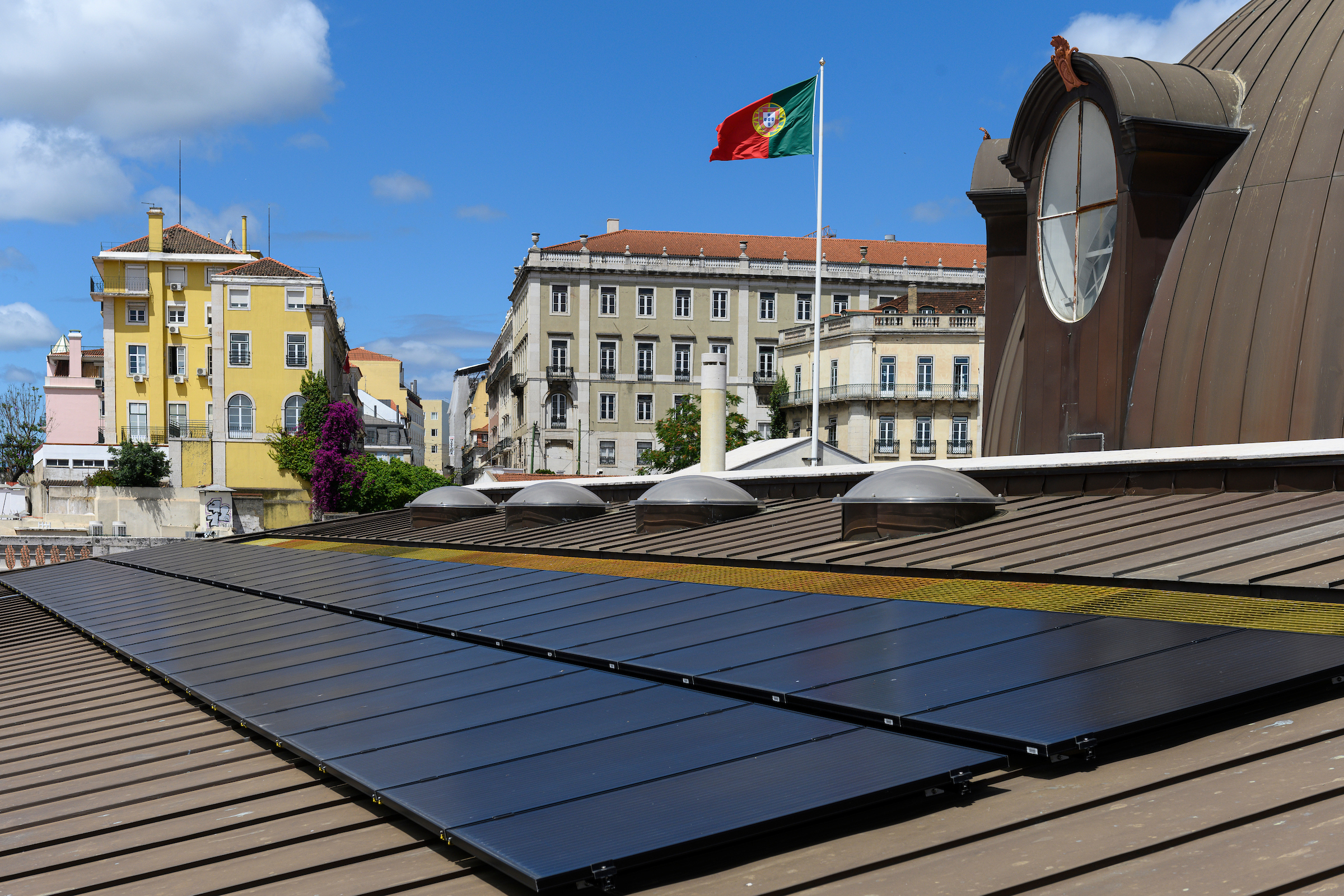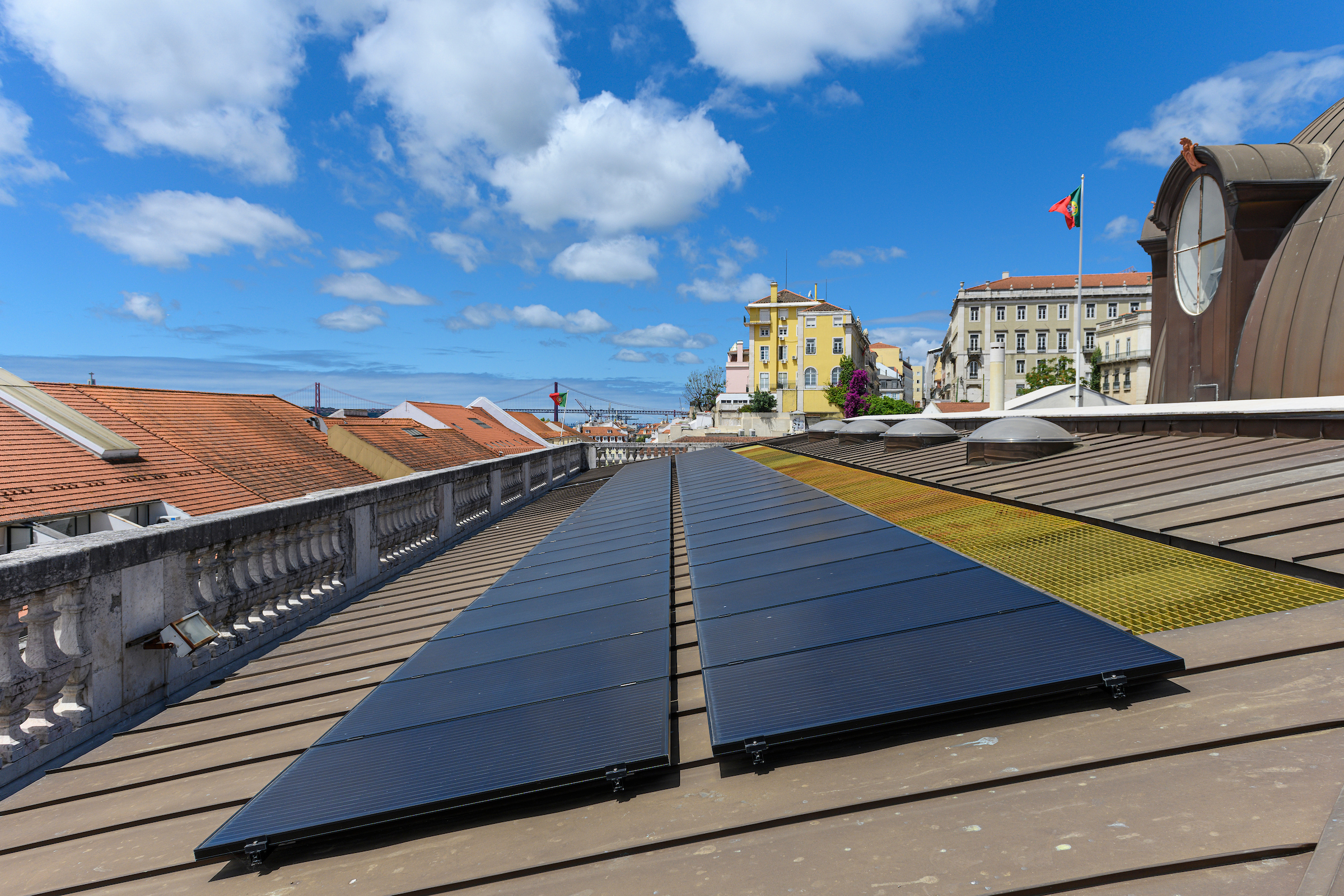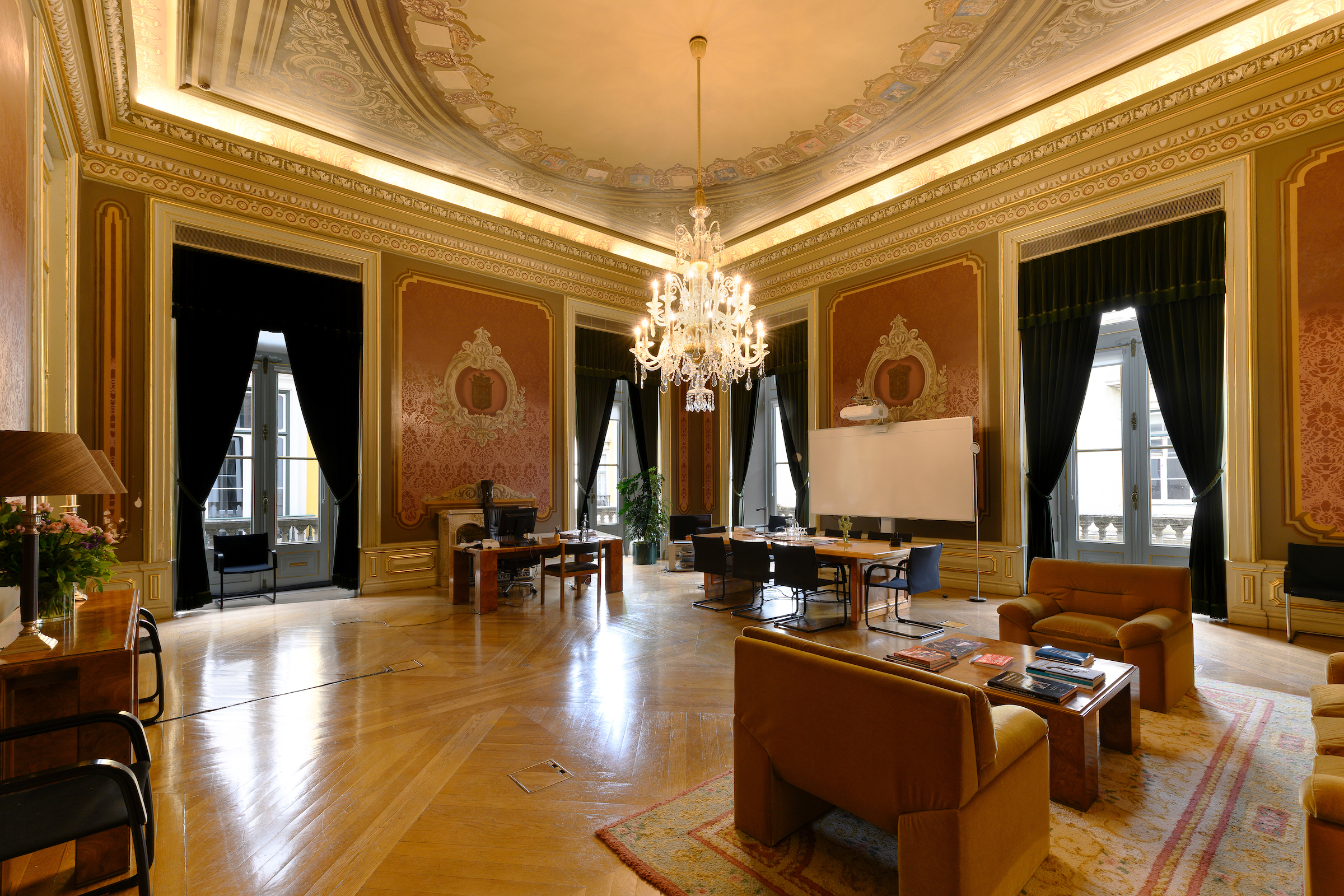City
Lisbon
Main actors
City Government, Public Utility, other
Project area
Inner City
Duration
2016 - 2019
A quest towards sustainable heritage.
Energetic refurbishment of heritage buildings is for many local governments complex and costly to implement. Nevertheless, renovating heritage buildings is essential to achieve climate objectives as they are often the most energy-intensive buildings in the city.
Over one hundred years old, Lisbon’s city hall is an iconic building that reflects the image of Lisbon, and of liberal and republican Portugal. It is home to the mayor’s office, and is used for city council meetings, as well as high-level receptions for national and international delegations. As it counts both as a service building and as a cultural heritage site, the challenge to renovate it by improving its energy efficiency was considerable.
This case study was contributed from Eurocities.
https://eurocities.eu/stories/a-green-make-over-for-heritage-buildings/
On Map
The Map will be displayed after accepting cookie policy
